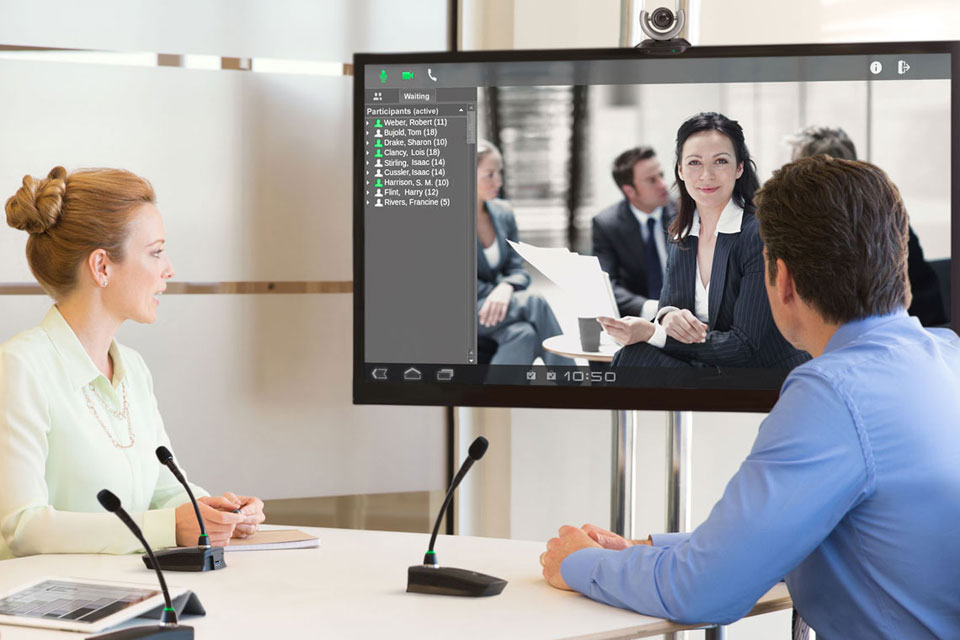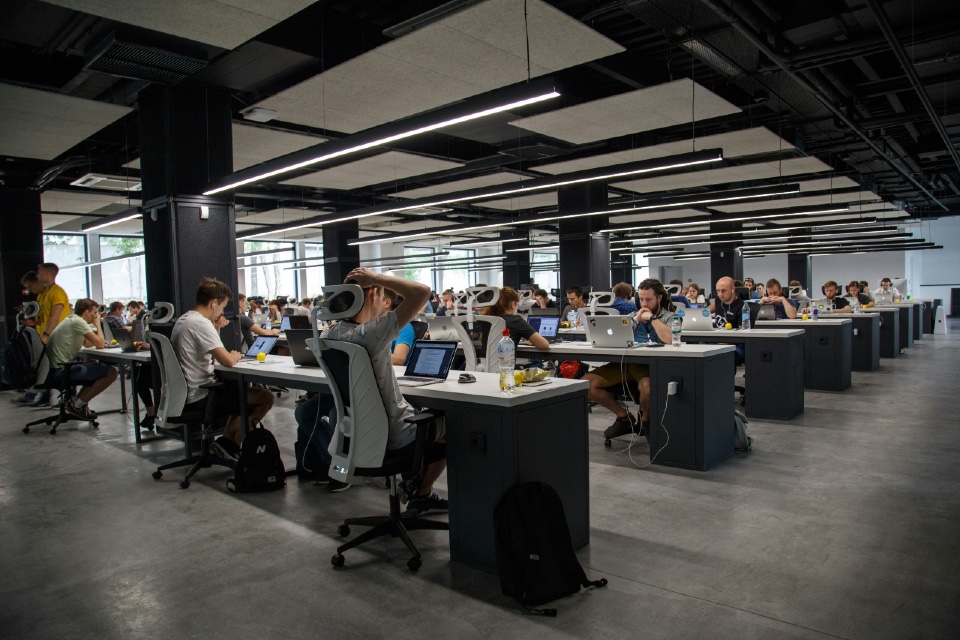The COVID-19 Pandemic, along with extreme weather conditions, civil unrest and other disruptive events are shaping how businesses operate and how people work on a global scale.
Employees need to be engaged and productive, from an office, meeting room, at home or out on the road, with connectivity between all employees throughout an organisation essential for future business gains.
Now, research carried out by industry analysts Frost & Sullivan for a new White Paper: ‘7 Steps To Improve Meetings In The New Era Of Work’, addresses the key factors for successful collaboration, including:
- Prioritise Cloud Conferencing Service Adaption
- Upgrade Meeting Room Technology for the New Era of Work
- Improve Collaboration with Audio for All
- Instil Confidence and Boost Productivity with Seamless Audio
- Drive Meeting Room Effectiveness with Best-In-Class Audio
- Adopt an Ecosystem Approach
- Focus on Ownership, Experience, Standardisation and Interoperability
The report, augmented by global market leading audio manufacturer Shure’s ‘Future of Conferencing’ survey, reveals how IT and business leaders are future-proofing organisations, with technologies being replaced due to various factors within individual businesses:
- Quality and reliability – 35%
- Security concerns – 34%
- Limited interoperability with 3rd party solutions – 26%
- Lack of the latest features and capabilities – 25%
The world has shifted to flexible, cloud-based deployment and consumption models with richer functionality, with a broad range of communication applications to choose from.
However, without the foundation of any meeting, audio, no meeting can actually take place:
- 95% of meeting rooms have minimal technology
- 83% of professionals depend on technology to conduct meetings and collaborate.
- 87% of professionals are frustrated and stressed due to technology failures in meeting rooms.
Expected proliferation of distributed work is among the top factors causing organisations to re-think their meeting rooms, with 82% of managers expecting flexible work from him polices post-pandemic.
Top Drivers for Technology Investments:
- Improve teamwork – 35%
- Improve information management – 32%
- Improve customer experience – 31%
- Improve operational cost – 29%
- Improve marketing effectiveness – 29%
- Boost creativity and innovation – 28%
- Accelerate decision making – 26%
“Once offices reopen, health and well-being regulations will require employees to have minimal contact with shared surfaces. Therefore, there will be a great demand for touch-less conferencing,” explained Robert Arnold, Principal Analyst, Connected Work, Frost & Sullivan. “As enterprises build a robust conferencing ecosystem, the adoption of A/V technologies that aid simple deployment, intuitive operation, and seamless compatibility with leading collaboration platforms will experience significant growth.”
Jim Schanz, Vice President, Global Integrated Systems Sales at Shure, said, “To optimize audio performance in rooms connected to any conferencing service as well as to streamline room audio management, organizations must emphasize standardization of certified audio devices. As no meeting can be effective without quality audio, investing in a scalable infrastructure can position businesses of any size for greater success as they battle evolving market factors.”







